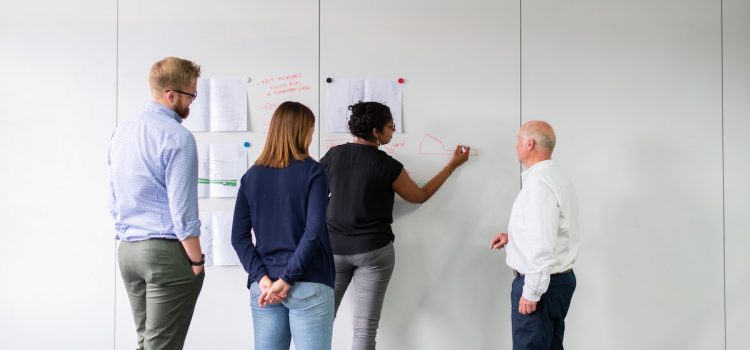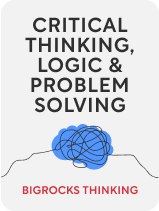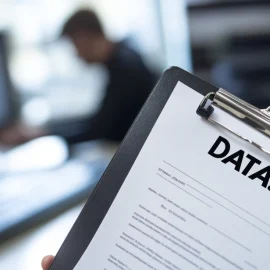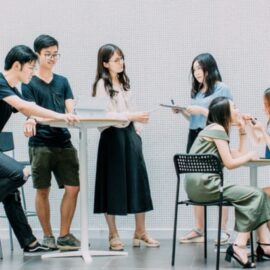

This article is an excerpt from the Shortform book guide to "Critical Thinking, Logic & Problem Solving" by Bigrocks Thinking. Shortform has the world's best summaries and analyses of books you should be reading.
Like this article? Sign up for a free trial here.
When you’re stuck, what’s the first step to getting back in gear? What’s a good way to identify a problem in a group setting?
To solve a problem, you must first identify the problem. Critical Thinking, Logic & Problem Solving by Bigrocks Thinking shares two practical frameworks to do just that: 5W2H and SCQH. They walk you through each framework in steps.
Keep reading to crack the 5W2H and SCQH codes and clearly identify the problem that’s holding you back.
Framework #1: 5W2H
One way to identify the problem is to use the seven basic questions that make up what the authors call the “5W2H” method (five ‘W’ questions and two ‘H’ questions):
- What? What is your current state, your desired state, and the gap between them?
- Where? What is the location of your problem?
- When? When did or does the problem occur? Is it ongoing? Will it happen again in the future?
- Who? Which people are impacted by the problem? Who caused it? Who may know more about it?
- Why? Why did the problem occur or why does it continue to occur? Why is the problem important to address?
- How? How could you solve the problem? What process should you use?
- How much or how many? How big is the problem? How much harm is it causing? How long will it take to solve?
(Shortform note: The 5W2H method is most effective when you answer only the most appropriate questions for your given situation. If your problem is that you want to buy a new video game but don’t have the money, then the “Where” question probably won’t be very useful to you. You might also need more than one answer for some of the questions. If your problem is that you think someone in your friend group is displaying toxic behavior, the “Who” question might be extra important—not only to determine who is engaging in the behavior, but also who is affected by the behavior.)
Framework #2: SCQH
Another way to identify the problem is by using what the authors call the SCQH (Situation, Complications, Question, and Hypothesis) framework. This method helps you analyze a problem fully to point you in the direction of possible solutions. In this method, you’ll follow four steps:
- Situation: Identify your current situation and its context.
- Complications: What things are not working about the situation? (These two steps help you identify the gap between your current state and your desired state).
- Question: What questions do the situation and complication bring up? This will help you clarify the problem and narrow your focus.
- Hypothesis: Come up with some hypotheses that could address your questions. This leads to the next step of identifying potential solutions.
(Shortform note: The SCQH framework can be particularly helpful when working with a group to complete a project. When working in groups, there are some additional guidelines to follow to implement SCQH successfully: The Situation portion should be entirely factual, as you’re merely describing the state of things as they are. The Complications portion may be difficult to narrow down and may require some brainstorming to identify the exact problem. Questions you can ask to clarify the problem might include, What is the best course of action, How do we begin solving this problem, or What is standing in the way of implementing our solution? The Hypothesis is then an answer to the questions you’ve identified, and it should be actionable so you know what next step to take.)

———End of Preview———
Like what you just read? Read the rest of the world's best book summary and analysis of Bigrocks Thinking's "Critical Thinking, Logic & Problem Solving" at Shortform.
Here's what you'll find in our full Critical Thinking, Logic & Problem Solving summary:
- A step-by-step guide for improving critical thinking and problem-solving skills
- Tips for conducting better research and finding reliable resources
- How to improve your communication and storytelling skills






